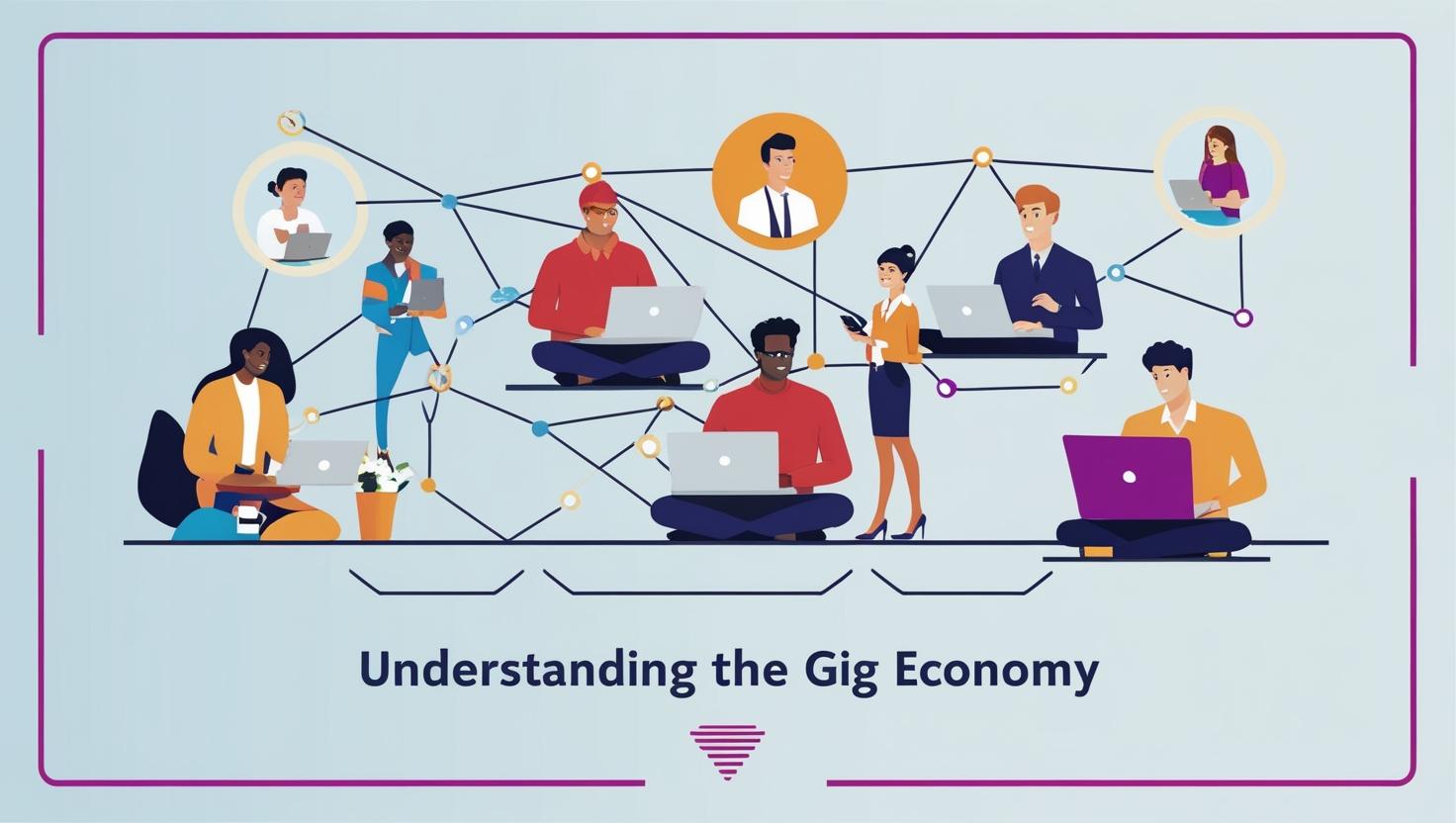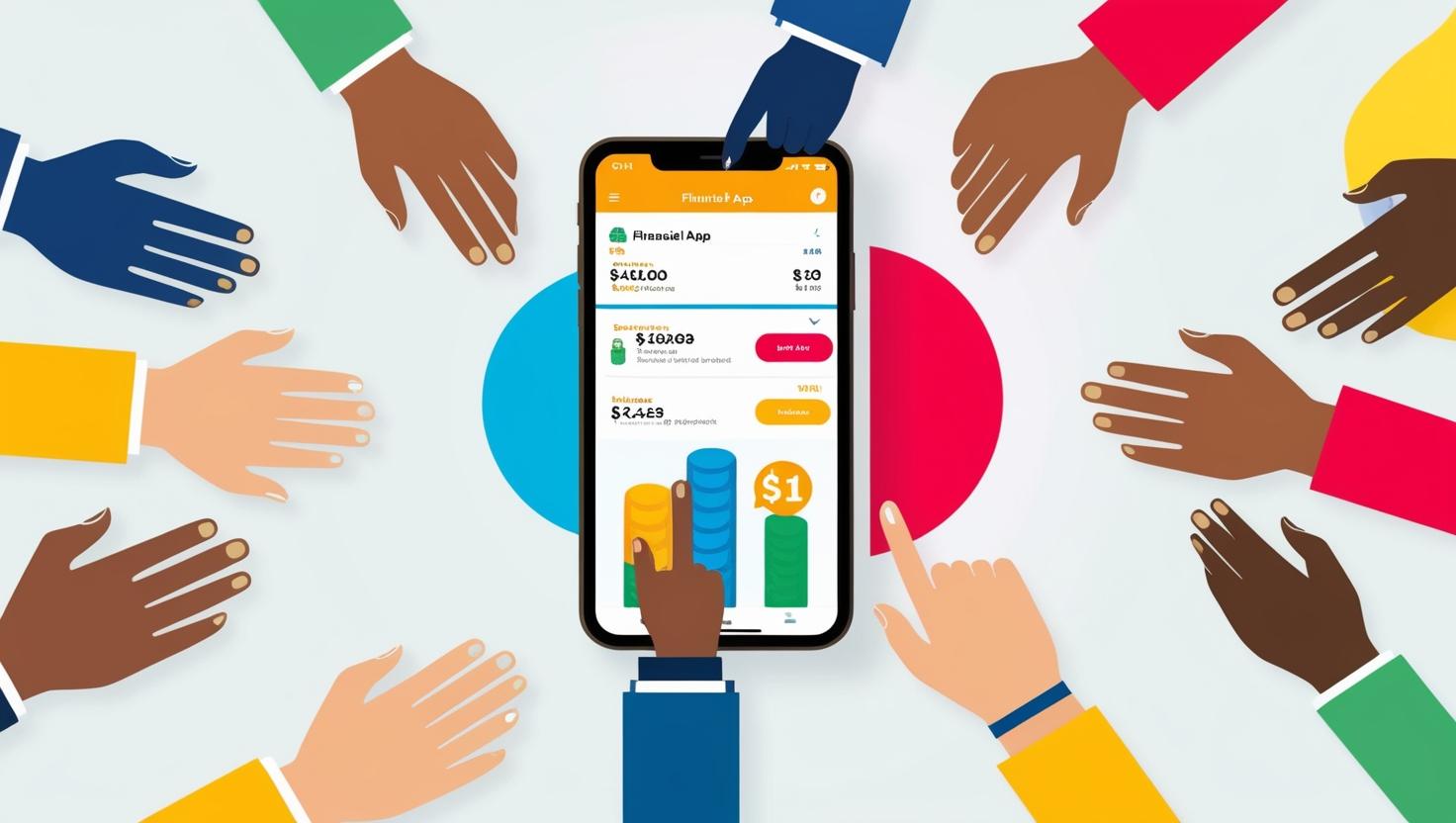The gig economy is reshaping how we work. It’s about flexible, project-based jobs instead of traditional, long-term employment. More people are opting for freelance gigs or short-term contracts, allowing them to take control of their schedules and income.
With the rise of technology and online platforms, the gig economy has seen tremendous growth. This shift is changing the workforce, offering opportunities for millions while also presenting challenges, like job security. In this post, we’ll unpack what the gig economy means for workers and businesses today, and explore its impact on our lives and the future of work.
Understanding the Gig Economy
The gig economy refers to a labor market characterized by short-term contracts and freelance work, as opposed to permanent jobs. It encompasses various on-demand services where individuals are paid for tasks or projects—often mediated through online platforms. This approach allows workers the freedom to choose when and how much they work, catering to a growing demand for flexibility in our fast-paced world.
Definition and Overview
At its core, the gig economy represents a shift from traditional employment to a more flexible model. Freelancers, contractors, and part-time workers engage in various tasks, from driving for rideshare services to graphic design. This model thrives on technology, with apps and websites connecting service providers to customers efficiently. It empowers workers, offering the chance to balance personal and professional lives while pursuing diverse income sources.
Key Characteristics of the Gig Economy
The gig economy boasts several unique features that set it apart from conventional job structures:
- Flexibility: Workers can set their own schedules, choosing when and where to work. This autonomy appeals to many, allowing for a better work-life balance.
- Job Variety: The gig economy embraces diverse job opportunities that cater to various skills and interests. From creative projects to service-oriented gigs, individuals can explore multiple paths.
- Earnings Potential: Gig work often allows for the possibility of earning more than traditional employment, depending on hours worked and demand for services.
- Challenges: Despite its benefits, gig workers face uncertainties, including fluctuating income and lack of benefits like health insurance and retirement plans. The absence of job security can be daunting for many.
Types of Gig Work
There are numerous types of gig work, each appealing to different skill sets and lifestyles. Here are some common examples:
- Rideshare and Delivery Services: Companies like Uber, Lyft, DoorDash, and Postmates enable individuals to turn their vehicles into income sources by providing rides or delivering food.
- Freelancing: Professionals in writing, graphic design, web development, and more can find freelance opportunities on platforms like Upwork, Fiverr, or Freelancer.
- Task-Based Work: Platforms like TaskRabbit connect individuals with those needing help for tasks such as cleaning, assembling furniture, or running errands.
- Creative Gigs: Artists, photographers, and musicians can showcase their work and collaborate on projects through platforms like Etsy and Bandcamp.
In summary, the gig economy is a dynamic shift in how we think about work, featuring flexibility, diversity, and challenges that shape the employment landscape today.
Economic Impact of the Gig Economy

The gig economy is not just a shift in how individuals approach work; it significantly impacts economic growth, employment trends, and traditional job structures. This section sheds light on how this new model influences our economy at large.
Contribution to Economic Growth
The gig economy drives economic growth by fostering entrepreneurship and innovation. As individuals seek flexible work options, they often turn their skills into businesses. This trend encourages people to take risks, pursue passions, and create unique services. The growth of platforms like Etsy and TaskRabbit has further enabled artisans and service providers to reach global audiences.
Additionally, gig workers contribute to local economies by spending their earnings on essential goods and services. The increase in disposable income leads to higher consumer spending, which fuels growth in various sectors, from retail to hospitality. The ability to work from anywhere also supports urban and rural economies alike, giving rise to diverse employment opportunities.
Job Creation and Employment Trends
Statistics highlight the transformative nature of gig work. According to the Bureau of Labor Statistics, a significant portion of the workforce has engaged in gig work at some point. Young adults, particularly those in their 20s and 30s, are leading this trend, seeking flexibility over traditional employment benefits.
Research shows that gig work often appeals to diverse demographics, including retirees, stay-at-home parents, and students. This brings various skill sets to the economy, enriching the labor market. As traditional jobs evolve or phase out, companies adapt to the gig economy’s demands, hiring temporary or part-time workers rather than full-time employees. This shift may lead to substantial changes in how labor markets operate.
Challenges for Traditional Employment Models
The rise of gig work poses challenges for conventional employment structures. Companies are adapting to a workforce that values flexibility over stability. This shift has prompted many businesses to rethink their hiring practices, often relying on freelancers instead of full-time staff.
One significant hurdle is the lack of benefits typically afforded to traditional employees. Gig workers often miss out on health insurance, retirement plans, and paid leave, making financial preparedness essential. Additionally, fluctuating incomes create stress and make financial planning difficult for these workers.
As the traditional employment model evolves, businesses must find ways to support gig workers to attract skilled talent. The need for balance between flexibility and security will shape future labor trends as the economy adapts.
In summary, the gig economy plays a crucial role in shaping economic growth, employment trends, and changing traditional employment models. Understanding these factors can help us navigate the future of work effectively.
Benefits and Drawbacks for Workers
The gig economy presents a unique mix of advantages and challenges for workers. Understanding these factors can help individuals make informed decisions about whether to jump into gig work or stay in traditional employment models.
Benefits of Gig Work
One of the most appealing aspects of gig work is flexibility. Workers can choose their own hours, which is fantastic for those balancing personal commitments, like family or schooling. This autonomy allows individuals to create a schedule that best fits their lifestyle.
Another benefit is the variety of job opportunities available. Gig work enables people to explore different roles and industries without the long-term commitment associated with traditional jobs. For example, a graphic designer might take on a few freelance projects while pursuing their own creative side projects, keeping their work interesting and diverse.
Additionally, there is potential for increased income. Many gig workers find that they can make more per hour than they would in traditional jobs. If you’re willing to hustle and take on multiple gigs, the earning possibilities can be rewarding. This financial freedom can be a game-changer for those looking to boost their earning potential.
Challenges Faced by Gig Workers
Despite the allure of flexibility and potential income, gig work also has significant downsides. Income instability is a major concern. Many gig workers experience fluctuations in their earnings, making it hard to budget or plan for the future. Missing out on a big gig can lead to a lean month financially, which can be stressful.
Lack of benefits is another hurdle. Traditional employees often enjoy health insurance, retirement plans, and paid time off. Gig workers typically miss out on these perks, leaving them to fend for themselves. This absence of benefits can create financial pressure and uncertainty, especially when unexpected expenses arise.
Job security, or the lack thereof, is also a considerable issue. Gig workers often don’t have the same protections as their full-time counterparts. This makes it essential for them to continuously seek new opportunities, as contracts can end at any time. This constant search can feel exhausting and insecure.
Personal Success Stories
Many individuals have thrived in the gig economy, turning their freelance work into fulfilling careers. For example, a former school teacher who started tutoring online found that she could not only replace her previous income but also enjoy more time with her family.
Statistics illustrate this trend. A study by Fiverr showed that 70% of gig workers reported an improved work-life balance compared to traditional jobs. Another report found that freelancers in creative fields often earn up to 30% more than their salaried peers.
These stories of success highlight that while challenges exist, many workers are finding ways to thrive in the gig economy. It fosters innovation, adaptability, and resourcefulness that contribute to personal and financial success.






